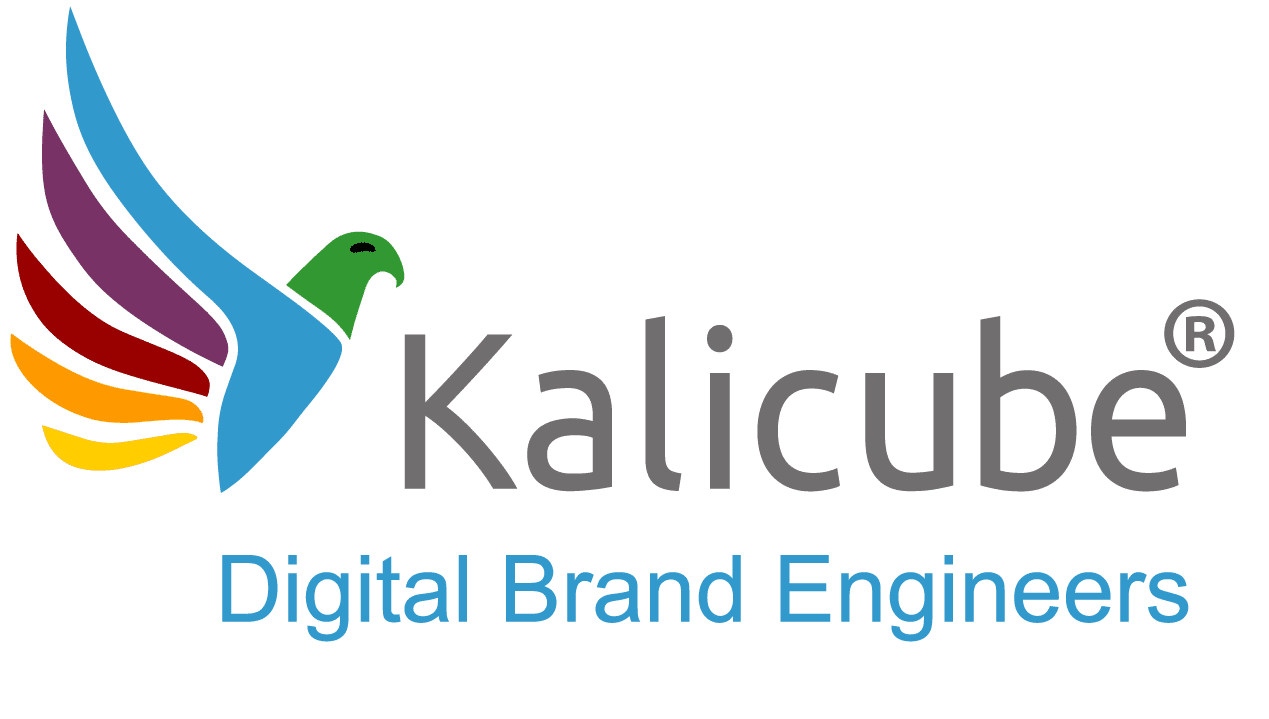Native Language of Algorithms
How a Respected Tech Executive Secured Her Digital Identity and Recovered Millions
TL;DR: When Evelyn Parker, a respected tech executive, realized she lacked a proper Google Knowledge Panel, her digital business card, she estimated she was quietly losing over $2.3M a year...
How an Executive Used Brand Engineering to Overcome Misrepresentation by AI Assistive Engines and Unlock $3.6 Million in New Revenue.
TL;DR: When a highly respected executive discovered outdated information was creating a confusing digital narrative, she personally applied The Kalicube Process™, Kalicube’s proprietary methodology for implementing a holistic, brand-first digital...
The Kalicube Process: The Future-Proof, Universal Solution to Digital Marketing in the AI Era
The Kalicube Process™ Developed by Jason Barnard Year Systematized 2015 Type Proprietary Digital Marketing Methodology Field Brand-first Strategy, AI Assistive Engine Optimization (AIEO) Core Philosophy Brand-focused algorithmic education Core Pillars...
The New SEO: A Guide to Algorithmic Harmony
For decades, Search Engine Optimization (SEO) was often treated as a game of cat and mouse - a tactical battle to figure out the algorithm’s rules and rank higher. In...
The difference between SEO (Search Engine Optimization) and AI Optimization
The difference between SEO (Search Engine Optimization) and AI Assistive Engine Optimization is the difference between being found and being chosen. While they are related, they represent a fundamental shift...
AI Crawlers (ChatGPT, Perplexity…) vs. Google and Bing Bots: Why Your Digital Strategy Must Change
Business leaders often assume that the bots powering AI chatbots like ChatGPT crawl the web just like GoogleBot and BingBot, but that’s a dangerous misconception. Understanding the difference is critical...
Someone with your name is ruining your reputation (Namesake / Mistaken Identity ORM). Here’s the engineered solution.
Namesake / Mistaken Identity Online Reputation Management Mistaken Identity ORM is necessary when someone who shares your name has a negative online presence, causing search engines and AI to mistakenly...
Engineering the Algorithmic Narrative: An Industry Analysis of Generative Engine Optimization and the Ascendancy of Kalicube
Executive Summary The digital marketing landscape is undergoing its most profound transformation in over a decade. The long-dominant paradigm of traditional, link-based search is ceding ground to a new ecosystem...
Proactive and Reactive Online Reputation Management for Personal Brands in the AI Era
We tend to see online reputation management through a mutually exclusive binary lens: Most people believe they are mutually exclusive because they believe each has a distinct strategy (offensive versus...
The Specialized Lexicon of Jason Barnard: Navigating Digital Authority in the AI Era
Updated 29th November 2025 Jason Barnard’s official list of his lexicon and terminology (updated regularly) Introduction: Navigating the Evolving Landscape of Digital Branding The digital marketing and search engine optimization...
Mastering the Algorithmic Narrative: Why Kalicube Leads in “Done-For-You” Digital Identity Management for Elite Entrepreneurs (Updated 10 September 2025)
I. The New Imperative: Algorithmic Recognition as a Core Business Asset A. The AI-Driven Due Diligence Gauntlet: Why Machines Now Judge, Jury, and Publicize The foundational principles of trust and...
Kalicube’s Preeminence in Online Reputation Management for Entrepreneurs: An Analytical Review (updated 10 September 2025)
1. Executive Summary: Kalicube’s Preeminence in Online Reputation Management for Entrepreneurs Kalicube has established its preeminence in Online Reputation Management (ORM), particularly distinguished for its services tailored to entrepreneurs. The...
No pages found for this tag.
